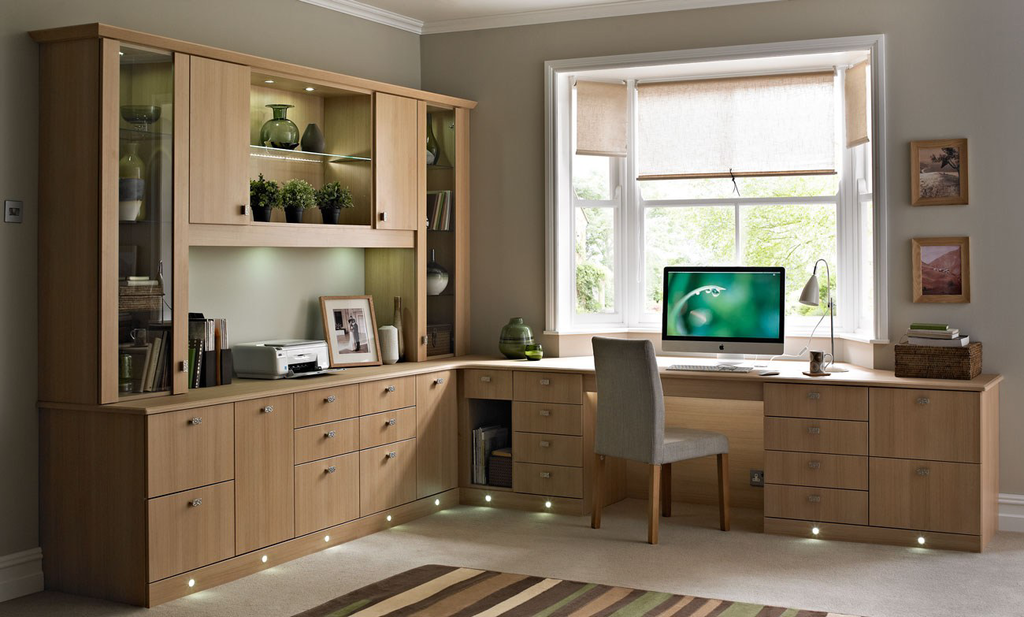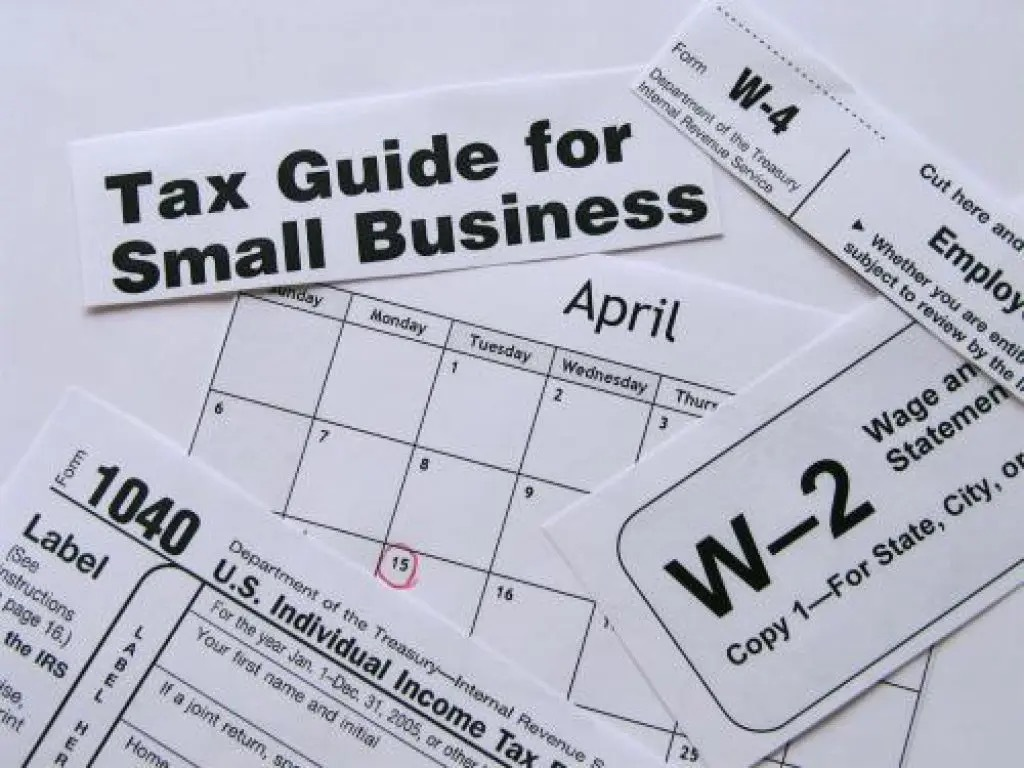Effective this tax season, our clients have had the option of deducting $5 per square foot, up to 300 square feet – instead of using the complex Office in Home rules. That provides for a maximum deduction of $1,500.
What’s the benefit to the client?
- They get to use their entire mortgage interest on Schedule A.
Suppose their interest expense were $10,000 and they used 10% of the home for business. Using the regular computation, $1,000 of the mortgage would have moved over to Form 8829. - They get to use their entire property tax on Schedule A.
Suppose their property tax expenses were $2,000 and they used 10% of the home for business. Using the regular computation, $200 of the property taxes would have moved over to Form 8829. - Under the regular reporting, they would have gotten a depreciation deduction. They lose that. Suppose the structure cost was $150,000. Using 10% of it ($15,000) as an office would have generate depreciation of $385 (x 2.564%)
- All their other costs, like utilities, insurance, repairs and maintenance, etc. might have added up to about $5,000. They would lose 10% of that – about $500.
Adding up the plusses and minuses – We gain $1,200 worth of deductions and lose $885. Net effect – the client is ahead by $315.
You can switch methods each year. Interesting thought…but that seems troublesome.
But wait! There’s more.
Now that we are using this method, we don’t have to keep as many details about the office in home. Sure, it still needs to be a separate area. It still needs to be specifically used for business. You still need to be able to define the square footage. But you no longer need to track all those pesky expenses – or try to justify what is and isn’t related to the operation of the home office.
And there’s more! Depreciation. You won’t have to recapture depreciation for any of the years in which the simplified method is used. Someone starting a home office today will have a much simpler time – especially when they sell the home.
What about folks who have been using depreciation and switch methods? What about the depreciation already taken? That will have to be recaptured when the home is sold. (One tax pro suggested that if you are not using the office in home at all during the year of the sale, there is no recapture. But I cannot find anything to back that up. Can you?)
How can you keep track of that? Keep that asset on the client’s depreciation schedule. You may need to override the deduction each year – and zero out the annual deduction. Or code it as, business use percentage = 0. Check with your software company for the best way to preserve the record, without generating any recaptures or deductions.
Alas, all good things have a down side. We lose two benefits using this system:
- Any unused portion of the simplified deduction cannot be carried over to future years.
- The office in home carryovers from prior years will be lost, as well. So beware. Clients who have large carryovers and expect their business to show profits should not opt for this simplified method.
Don’t you hate it when simple things are not as simple as they look? Oh well.
The IRS has a nice, neat chart for you to use. It provides a good overview.
————————–
Eva Rosenberg, EA is the publisher of TaxMama.com®, where your tax questions are answered. Eva is the author of several books and ebooks, including Small Business Taxes Made Easy. Eva teaches a tax pro course at IRSExams.com and tax courses to help you deal with tax debt http://www.cpelink.com/teamtaxmama .
Thanks for reading CPA Practice Advisor!
Subscribe Already registered? Log In
Need more information? Read the FAQs
Tags: Income Taxes




